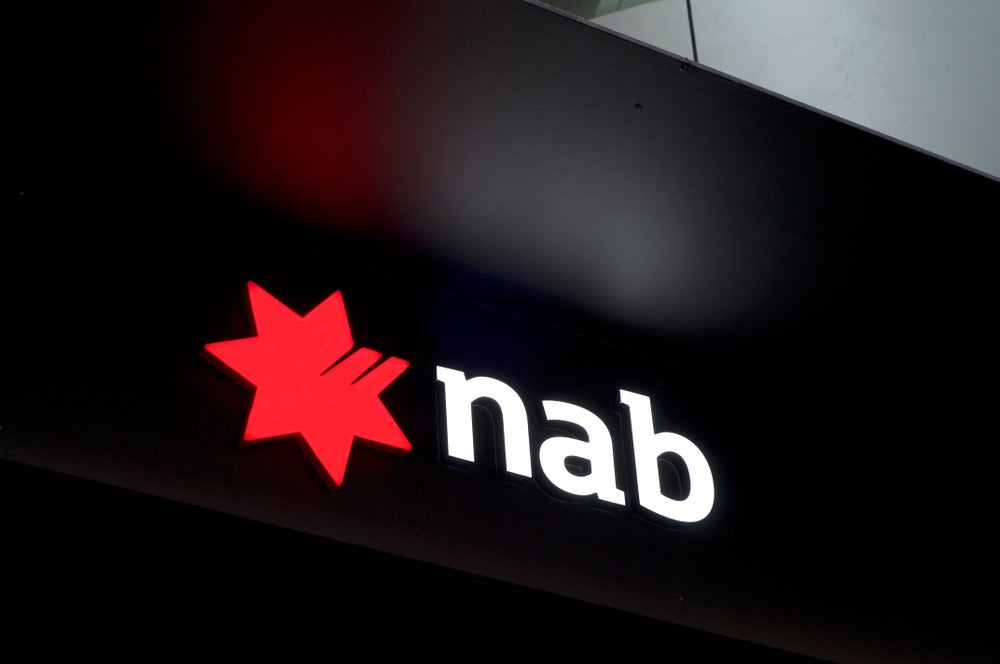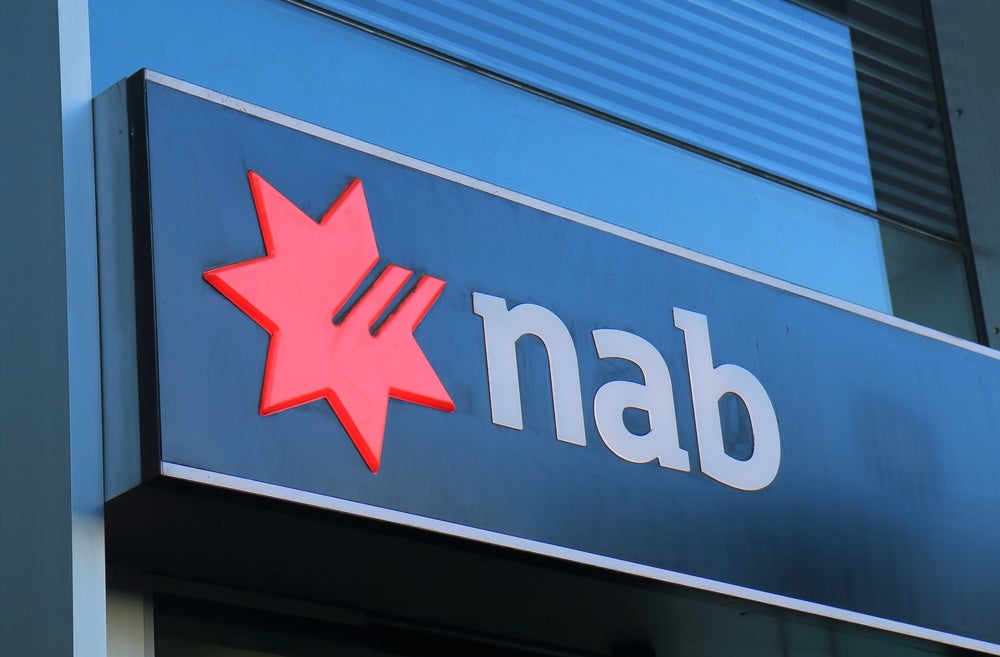National Australia Bank
maintains that its efforts to restructure its flagging UK division,
which started in 2005 with the £967 million sale to Denmark’s
Danske Bank of two underperforming banks, is on track. The focus is
on growing its Clydesdale Bank and Yorkshire Bank subsidiaries,
writes Douglas Blakey
National Australia Bank (NAB), Australia’s largest banking group
by assets, remains upbeat about the prospects of its UK
subsidiaries – it acquired Scotland’s Clydesdale Bank and England’s
Yorkshire Bank in 1987 and 1990, respectively. In a presentation to
analysts, held in the UK over three days in early July, the bank
argued that its efforts to create common platforms and products,
integrate the back offices of Clydesdale and Yorkshire, cut costs
and redefine its segmentation policy are beginning to pay
off.
But it’s been a rocky road for the Australian bank. The two UK
subsidiaries have slashed their combined branch network since 2002
from 490 branches to 343 branches, and have suffered from falling
market shares in key business lines. They account for around a 3
percent market share of UK mortgages and deposits.
NAB sources around 15 percent of its annual profit from its UK arm
– Clydesdale and Yorkshire contributed £130 million ($260 million)
in earnings in the bank’s most recent half-year results, a 22.6
percent improvement. But JPMorgan, in advance of the analysts’ road
show, said NAB should exit the UK market altogether.
“NAB holds no competitive advantage in the UK market. We see
NAB’s best UK strategy is to exit,” said Brian Johnson, an analyst
at JPMorgan, quoted in several Australian newspapers.
How well do you really know your competitors?
Access the most comprehensive Company Profiles on the market, powered by GlobalData. Save hours of research. Gain competitive edge.

Thank you!
Your download email will arrive shortly
Not ready to buy yet? Download a free sample
We are confident about the unique quality of our Company Profiles. However, we want you to make the most beneficial decision for your business, so we offer a free sample that you can download by submitting the below form
By GlobalDataOther analysts have advised NAB to consider making a big UK
acquisition that would make it a major UK player, though the steep
valuations now placed on possible targets could prove too pricey
for it.
Its two UK subsidiaries continue to have virtually no branch
presence in the UK’s most prosperous region, the south-east of
England, and have struggled to get their cost-income ratio
(currently 58.6 percent) down to what the bank describes as an
acceptable level. NAB can point to some progress – in 2004 the
ratio was a much higher 66 percent.
When NAB rolled out its current UK business plan in 2005, it
identified a number of areas for concern, including gaps in the UK
product range, the lack of an integrated sales approach and slow
pricing dynamics. NAB also flagged up a lack of differentiation on
the part of its UK arm and a number of areas of business
inefficiency, including a failure to calculate a single view of
customer holdings, difficulties in assessing customer
profitability, stunted customer relationship management and lead
generation, and a slow and expensive product development
cycle.
Two years into the business plan, NAB reported that total customer
numbers for the two banks fell 3 percent in the year to March 2006
and another 0.2 percent to just over 2.5 million in the year to
March 2007. But it contends that customer attrition has slowed, and
that customer numbers are growing this year in the three bigger
market segments the bank is targeting, namely retail mortgages,
business lending and business deposits.
In particular, in the six-month period to March 2007, NAB’s UK
banks increased their mortgage income by 9.3 percent and their
business deposits by 19.3 percent, compared with the six-month
period to March 2006, against UK average growth rates of 4.2
percent and 4.3 percent, respectively.
While the bank has proceeded with its branch closure programme and
is now, says NAB, “right-sized”, the bank has opened what it terms
integrated financial solutions centres – some 75 in total – focused
mainly on small- and medium-sized businesses. The centres have met
the bank’s cost-income ratio target of 40 percent and have
succeeded in nearly doubling their loan and deposit balances in the
12 months to March this year.
NAB reported an increase in the number of its staff being sales
targeted from 1,000 in 2004 to 3,000 in 2007. The ratio of
sales-targeted staff to non-sales staff is now seven to one, in a
reversal from one to four three years ago. It also revealed a 33
percent increase, to 306,000, in the past 12 months in the number
of customers using its online channels.
In an effort to boost the Clydesdale Bank brand in Scotland – a
market where it competes against Royal Bank of Scotland and Halifax
Bank of Scotland, Europe’s third- and seventh-largest banks,
respectively – NAB has rolled out its biggest UK sports sponsorship
contract. It has signed a four-year, £8 million deal with the
Scottish Premier League (SPL), Scotland’s top football league.
According to NAB, more people attend SPL games per head of
population than in any other country in Europe; it says the
branding will connect the bank with more than 500,000
fans.








